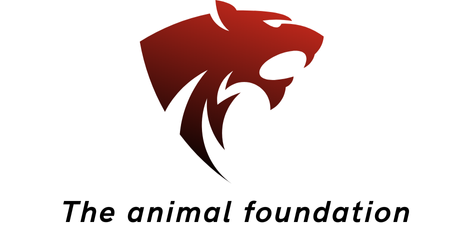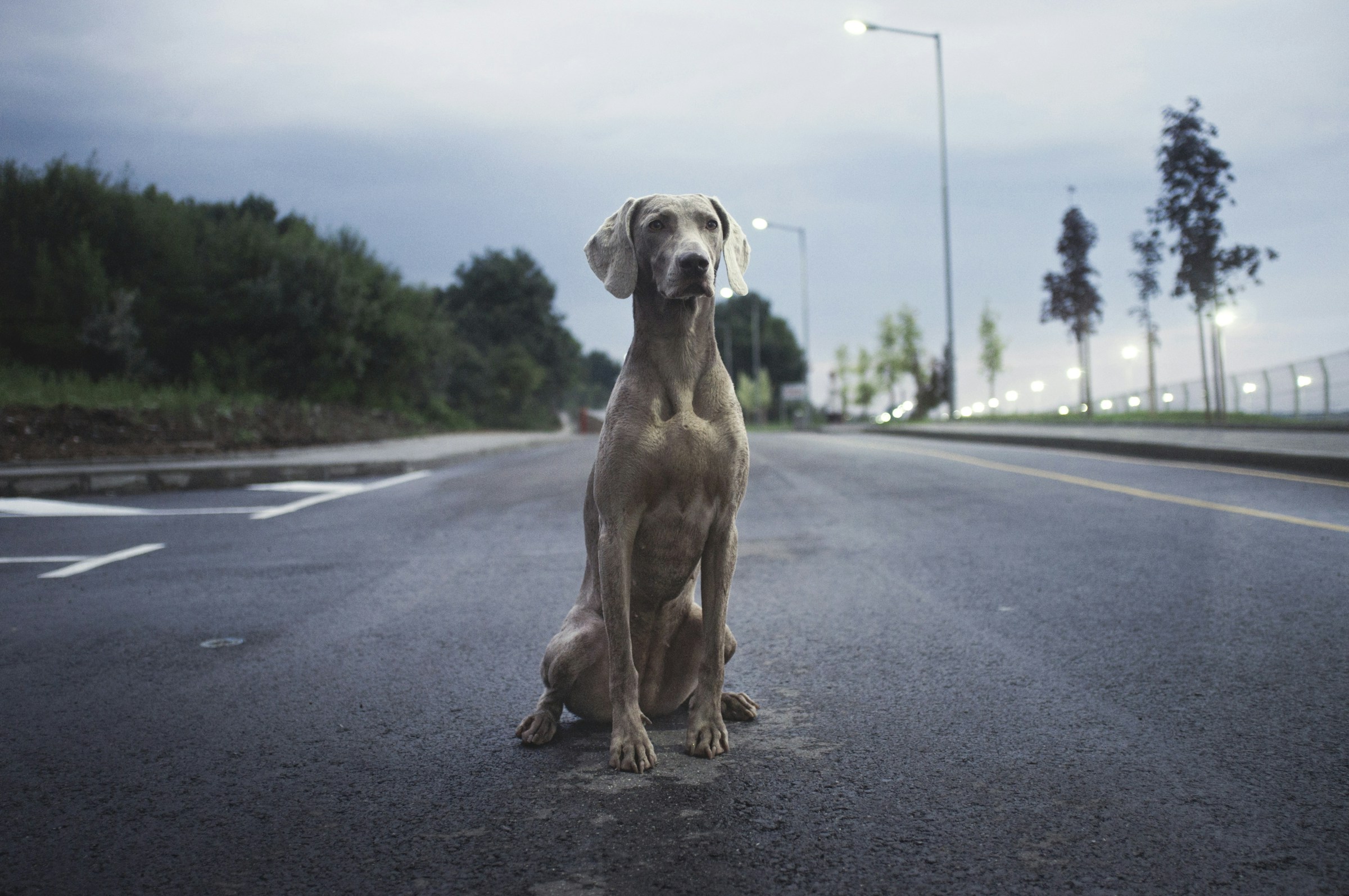As responsible pet owners, the well-being of your dogs is a top priority. Amid the numerous health conditions that can afflict your canine companions, one condition that often slips under the radar is gastric dilatation volvulus (GDV) or more commonly known as bloat in dogs. This serious condition is most commonly found in large, deep-chested breeds such as the Weimaraner. This article will provide comprehensive information on the causes, signs, treatment, and most importantly, prevention strategies for this potentially fatal condition.
Understanding Gastric Torsion or Bloat
Before delving into preventive measures for bloat, it’s essential to fully grasp what the condition is. Bloat, or GDV, is a medical emergency that can affect dogs, especially large and giant breeds. It’s characterized by rapid swelling of the dog’s stomach due to gas or food build-up which can then twist, causing a life-threatening situation.
Cela peut vous intéresser : How can you address the issue of excessive barking in a Miniature Pinscher?
The exact cause of bloat is not clearly understood, but it’s generally believed that it happens when a dog eats or drinks too quickly, swallows air, and then participates in vigorous exercise. This condition can lead to several complications including blockage of blood flow to the heart and stomach lining, stomach rupture, and damage to other organs due to decreased blood flow.
Recognizing the Signs of Bloat in Dogs
Early detection of bloat can significantly improve the prognosis for your pet. Therefore, it is crucial to understand the signs associated with this condition. Dogs suffering from GDV usually display a number of symptoms such as a distended or swollen abdomen, unproductive vomiting (the dog makes vomiting motions but nothing comes up), restlessness, excessive drooling, rapid heart rate, and signs of discomfort.
Avez-vous vu cela : How can you address the issue of excessive barking in a Miniature Pinscher?
If your dog shows any of these symptoms, it is imperative to rush them to the vet immediately. Bloat can progress very quickly, and prompt vet attention can literally mean the difference between life and death.
Treating Bloat through Surgery: Gastropexy
Once a vet diagnoses a dog with bloat, immediate treatment is necessary, and this usually involves surgery. The vet will first stabilize the dog by treating shock and releasing the gas from the stomach. The actual surgical procedure for treating bloat is called a gastropexy.
During a gastropexy, the vet will suture the dog’s stomach to the abdominal wall to prevent it from twisting in the future. The success rate of this procedure is quite high, but it does not necessarily prevent the dog from experiencing gastric dilation, or the gas and food build-up portion of GDV, in the future.
Prevention: Modifying Feeding Habits and Considering Prophylactic Gastropexy
Prevention is undoubtedly better than cure when it comes to bloat in dogs. One of the main strategies to prevent bloat is by modifying your dog’s feeding habits. Feed your dog smaller meals several times a day instead of one large meal to avoid rapid eating. Also, avoid vigorous exercise immediately after meals and discourage rapid drinking.
Another preventive measure is a prophylactic gastropexy. This is a preventive surgical procedure often recommended for breeds that are at a high risk of developing GDV such as the Weimaraner. This procedure can be done at the same time as spaying or neutering and can significantly reduce the risk of bloat.
A Final Word on Bloat in Dogs
Bloat is a serious and potentially life-threatening condition that can affect various breeds, particularly large, deep-chested ones like the Weimaraner. As a dog owner, you need to be aware of the signs of bloat and take immediate action if symptoms are recognized.
Remember, it’s extremely important to consult with your vet about your dog’s risk for bloat and discuss potential preventive measures, especially if you own a breed that’s at high risk. The steps you take today could significantly reduce your pet’s risk of this condition and ensure they lead a healthier, happier life.
The Role of Pet Insurance in Covering Treatment Costs for Bloat
When dealing with a condition as serious as bloat in dogs, the financial implications can also be quite significant. This is where pet insurance comes in handy. Pet insurance can help cover the cost of diagnostic tests, surgeries, and post-operative care, all of which are necessary in managing gastric torsion.
For instance, the cost of treating bloat can range from $1,500 to $7,500, depending on the severity of the condition and the necessary interventions. The expense involves initial diagnosis, surgery, and aftercare. This does not even account for any complications that could arise, such as the need for additional surgeries or extended hospital stays.
Pet insurance offers various coverage options, including accidents-only policies that cover injuries and emergencies like bloat. Comprehensive policies might also provide coverage for preventive care, which could include the cost of a prophylactic gastropexy.
When choosing pet insurance, it’s crucial to understand exactly what is covered and what is not. Always read the fine print and ask questions if anything is unclear. Remember, the goal is to alleviate the financial stress associated with unexpected health issues so you can focus on your pet’s recovery.
Educating Yourself and Others About Bloat in Dogs
Despite being a potentially life-threatening condition, many dog owners remain uninaware of bloat or gastric dilatation volvulus. This is particularly concerning given that deep-chested breeds like the Weimaraner and Great Danes are highly predisposed to the condition. Therefore, it is crucial to educate yourself and others about the risks, symptoms, and preventive measures for bloat.
Reach out to local dog clubs or breed-specific communities and spread the word about this health risk. Share this information on your social media platforms or in person at dog parks and other community events. You never know – this information could potentially save a dog’s life.
Encourage other pet owners to discuss bloat with their vets, especially those who own high-risk breeds. Discussing bloat during routine vet visits can help vets assess a dog’s risk for GDV and provide appropriate preventive advice.
Conclusion: A Proactive Approach to Bloat in Dogs
In conclusion, bloat or gastric dilatation volvulus in dogs is a serious, life-threatening condition that requires immediate veterinary intervention. It is particularly common in deep-chested breeds like the Weimaraner.
Understanding the symptoms and causes of bloat, along with effective prevention strategies such as modifying feeding habits and considering a prophylactic gastropexy, can significantly reduce your dog’s risk of this condition.
Moreover, securing pet insurance can help manage the financial aspects of dealing with bloat, allowing you to focus on your dog’s wellbeing without worrying about the costs. Lastly, spreading awareness about this condition among other pet owners forms a crucial part of the fight against GDV.
As a responsible pet owner, your dog’s health should always be a priority. A proactive approach to potential health risks, including bloat, can ensure your furry friend leads a healthier and happier life.
















